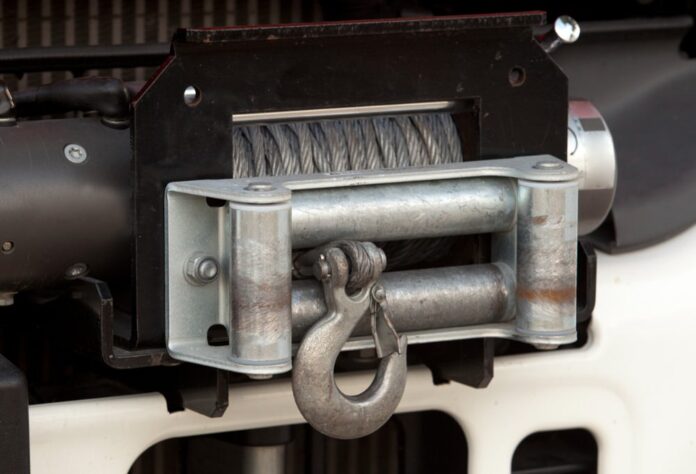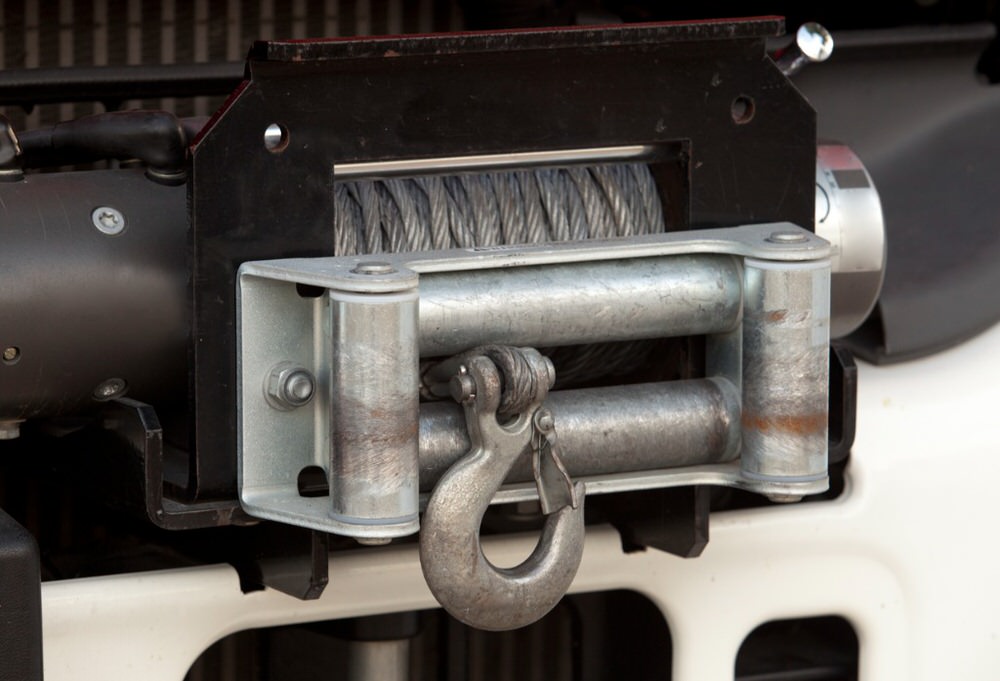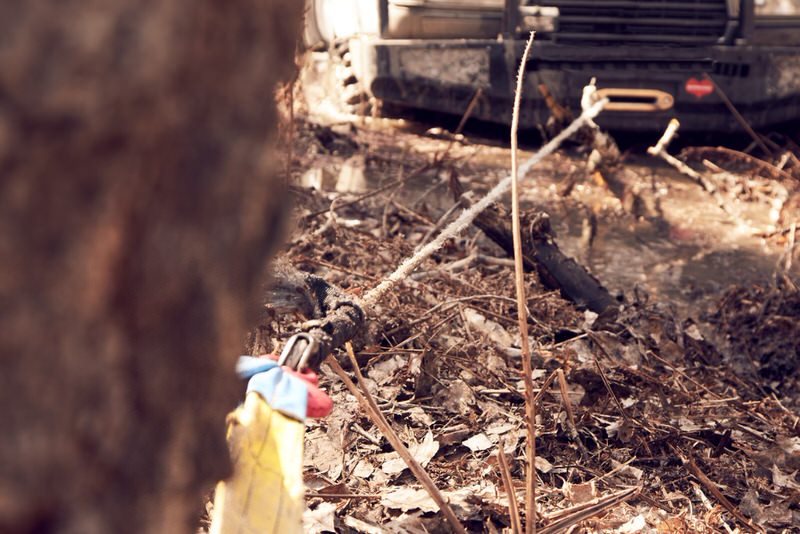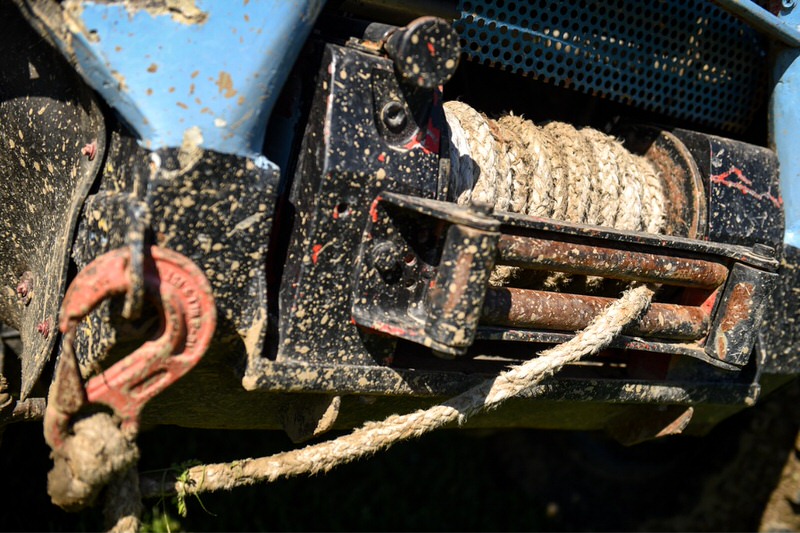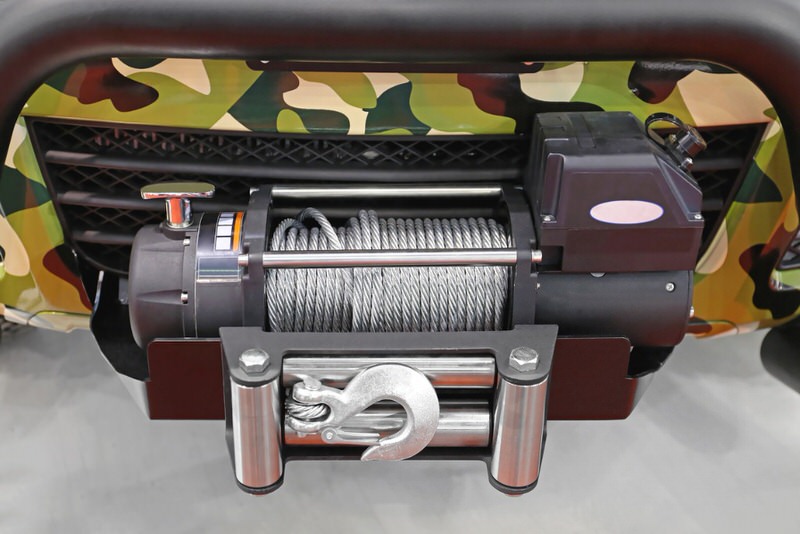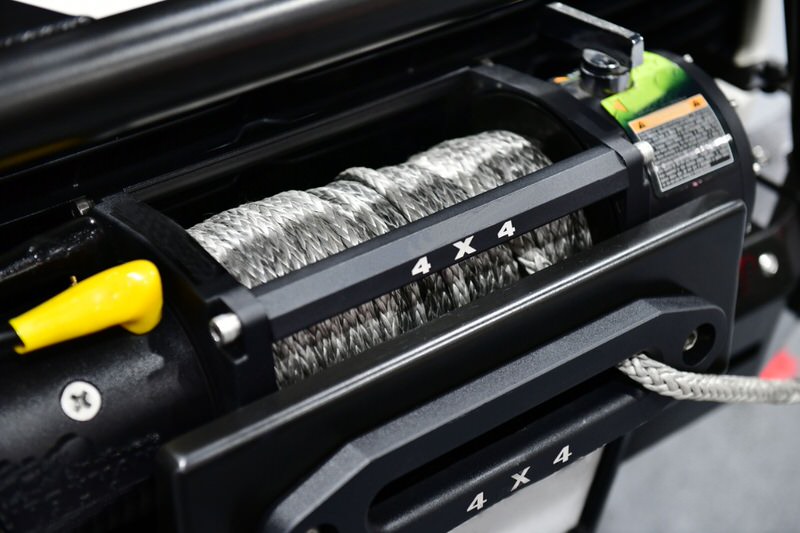photo by jgaunion via iStock
A winch can be an invaluable tool – especially on solo adventures. It offers peace of mind that regardless of the situation you will be able to get unstuck and return home.
Just like with any accessories through, winches can get confusing. There are different types, brands, and powerful or not so powerful ones.
In today’s article, we’ll go over everything you need to know about winches to make choosing the correct one for your application easier.
Winch Basics: What’s the Use of a Winch?
photo by Aleksandr Zyablitskiy via iStock
The main use of a winch is self-recovery.
Of course, it can be used to recover other vehicles, repair your own vehicle by bending parts straight again, or even clear tracks from fallen trees and rocks.
Are All Winches Waterproof?
photo by roibu via iStock
You may be surprised to know that not all winches are waterproof – especially the older ones. This is a little-known area of winch basics!
There are two waterproof ratings available with winches. The first one is IP67 – winches with this rating can handle a small splash of water but are not rated to actually go underwater.
The second one is IP68. Winches with an IP68 rating are much harder to come by but can handle wet environments better. These winches can be submerged in water while theoretically avoiding any ingress of water into the main components.
Learn More:
- Where to Find Other Overlanding Enthusiasts
- How a Catch Can Helps Prevent a Clogged Common Rail Diesel Engine
Winch Basics: What Size Winch Should You Get?
photo by Baloncici via iStock
There are three winch sizes available. The first one is the traditional 8000-9000 pound winch, then comes the 10000 pound one, and we are now seeing some 12000-pound winches emerging.
The rule of thumb when it comes to choosing what winch to go for is getting one that has 1.5 times the pulling power of your vehicle’s maximum rated weight when fully loaded. Or simply put, the heaviest your vehicle can be while remaining road legal.
If you do the maths and you are right on the limit of let’s say a 9000-pound winch and a 10000-pound one go for the more powerful choice.
Keep in mind that a powerful winch such as a 12000-pound one will have less rope length because the rope is thicker and will probably pull slower because it has lower gearing.
Furthermore, there are some bull bars that are rated to hold the maximum of a 10000-pound winch. Therefore, ensure that your mounting area is strong enough for the winch you will be using.
Other than that, there aren’t many drawbacks to going with a larger winch; therefore, if it makes you feel safer go for it.
Is It Easy to Install a Winch at Home?
photo by MJ_Prototype via iStock
If we’re talking about winch basics 101, Installing a winch is a relatively easy job. If you can connect the positive and negative wire and can physically lift the winch to put it in place, then you can do the job yourself.
Bear in mind that cheaper winches may be more difficult to install as the wiring may not be long enough. If you also have a cheap bull bar you may run into the issue of fitting the winch in it as the bar may not be compatible.
We hope that this article has helped you grasp a better understanding of winches and how they work. What do you think? Will you be installing this crucial tool to your overlanding rig?



